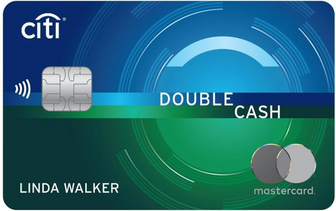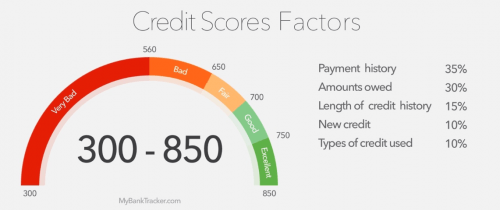
Low utilization rates are the best for credit scores. Schulz suggests that the utilization ratio should not exceed 30 percent. In fact, it can get as high as 30% before it affects your credit score. Ideally, you should only use about 30% of your credit card limit if you have one, but you should try to pay off your balance in full every billing cycle. Here are some tips that will help you reach a low utilization.
Low credit utilization ratio is better than zero debt
Because your credit score is dependent on the answer to this question, it is vital that you ask yourself whether a low debt utilization ratio is better or worse than zero. You can achieve and keep a high credit rating by understanding the reasons why it is important. A high credit score is essential to get credit when you need and to reach your financial goals. How can you determine if a low credit utilization is better than zero debt?
You can improve your credit utilization by paying off your balances. While having more credit cards can be tempting, they can also make you spend more than you can afford. This can lead to financial problems. You can also lose your credit score by opening new accounts. However, it can increase your credit score by opening more accounts.

It's a good indicator of how you manage your finances.
Your credit utilization ratio can tell you a lot about how well you manage your money. However, it isn't the only thing lenders consider. Other factors that lenders consider include your overall credit balance. A low credit utilization rate is best, and a high one is a red flag that you may not be managing your finances well. The good news is that below 30% is the ideal utilization rate. It is important to note that there are not any hard and fast rules regarding this metric.
A high credit utilization ratio indicates poor financial management, which can make it hard to get a loan or credit card. There are many ways to lower credit utilization. First, you can apply for more credit. Creditors will typically increase your credit limit if you pay your bills on time and don't exceed your credit limit. However, remember that multiple inquiries will lower your score.
It can affect your ability to qualify for a loan.
If you're considering applying for a mortgage, you may have heard that your credit utilization ratio will be one of the factors that lenders look at. This metric simply measures how much credit you use versus how much money you actually borrow. If you have a $10,000 credit limit but only use $2500 of it, your credit utilization would be 20 percent. This ratio is taken into consideration by lenders who will ask you to provide proof that your ability to pay your balances on the due date.
There are many ways to improve credit utilization. The first of these is to pay off large purchases. These large purchases can be paid off quickly to prevent credit utilization from increasing. Do this before your credit card due date. This will avoid having your high utilization reported to the credit bureaus. Take action quickly only if you plan on applying for a mortgage in the near future and keeping your credit score as high as possible is important.

Calculating it
Credit utilization ratio refers to how much credit is used relative to total credit available. This ratio can be calculated by adding up all credit card balances. These limits can be found by going to your credit card account. Once you have your total credit utilization, you can multiply these numbers by 100 to get the ratio. A credit utilization percentage of 50% is a sign that you are only using half of your credit.
You can improve your ratio by increasing your credit limit and decreasing credit use. It is safer to charge less than you would normally. You will have a higher credit score if you manage your credit cards well. Here's how. This strategy will help you improve your credit utilization rate and avoid overspending. Once you have mastered the art of maximizing your credit limit, you'll be able to start improving your credit score and enjoying better terms.